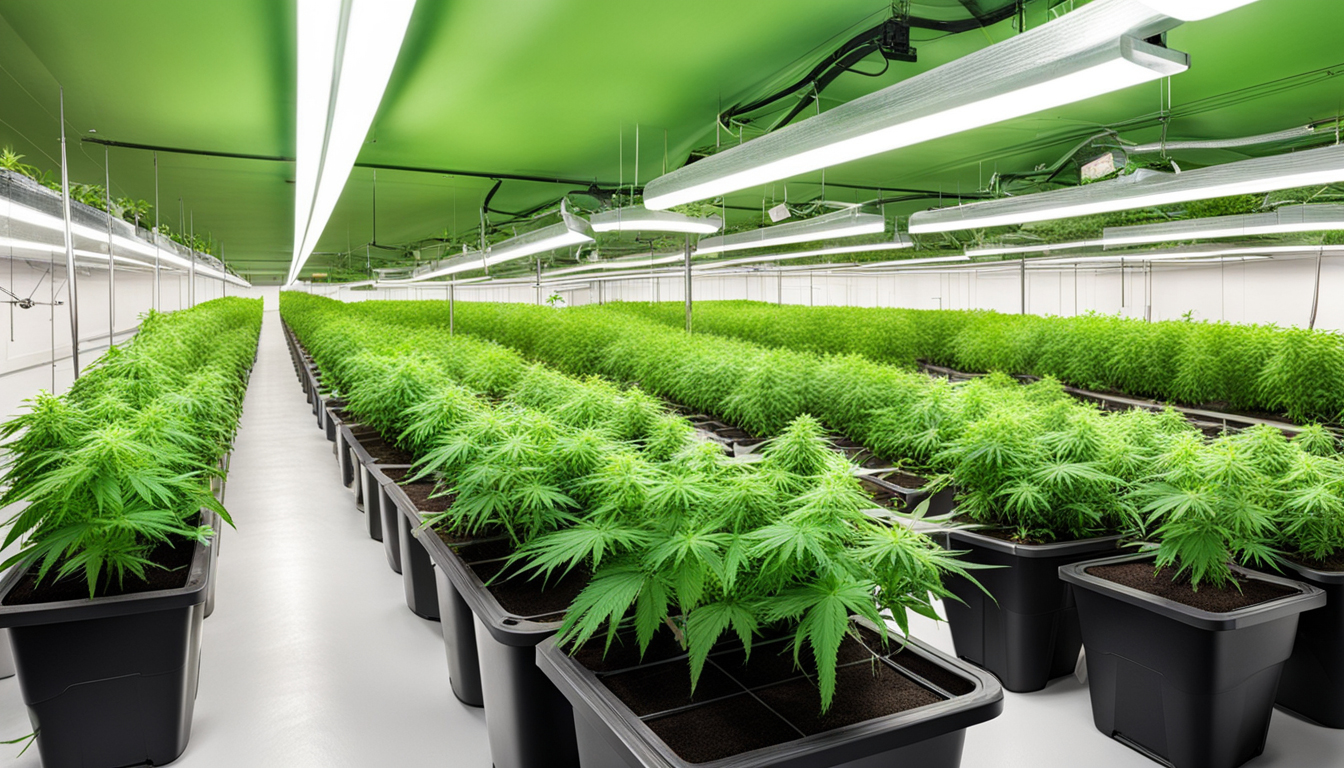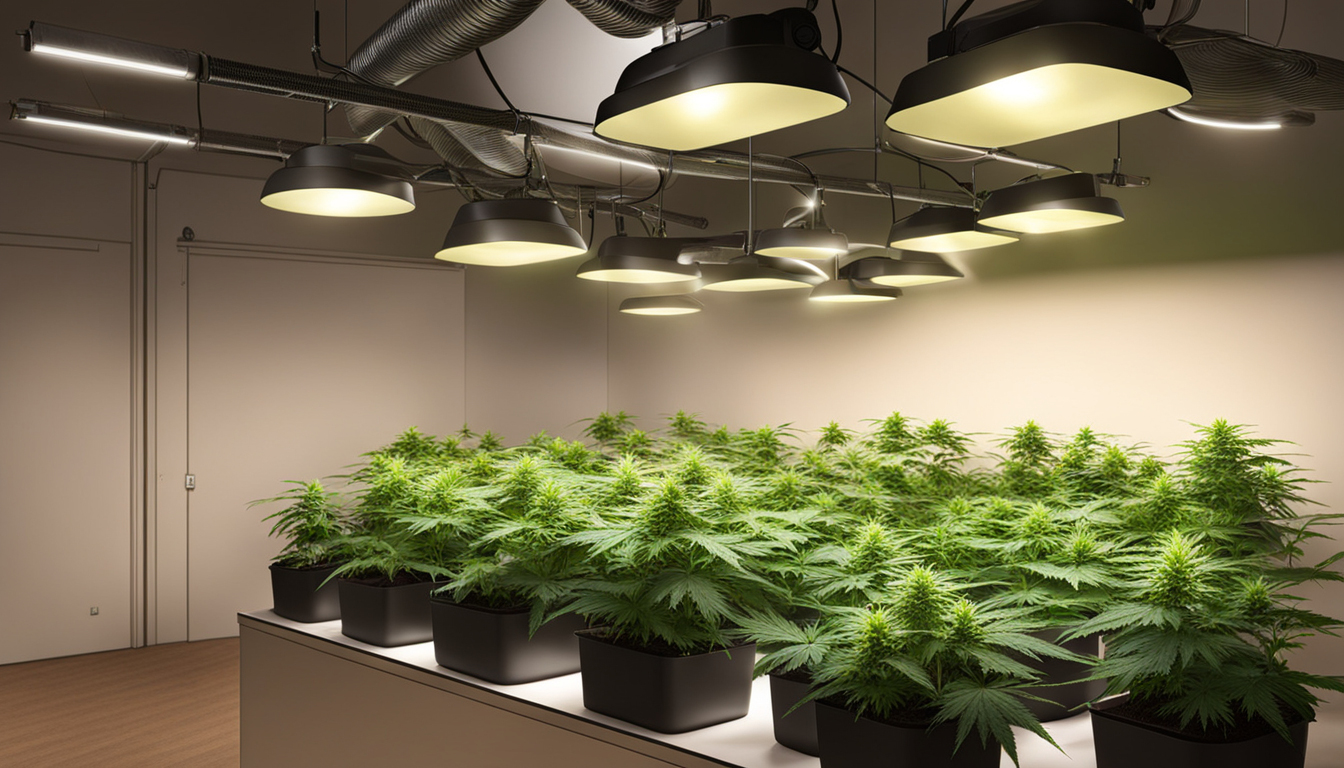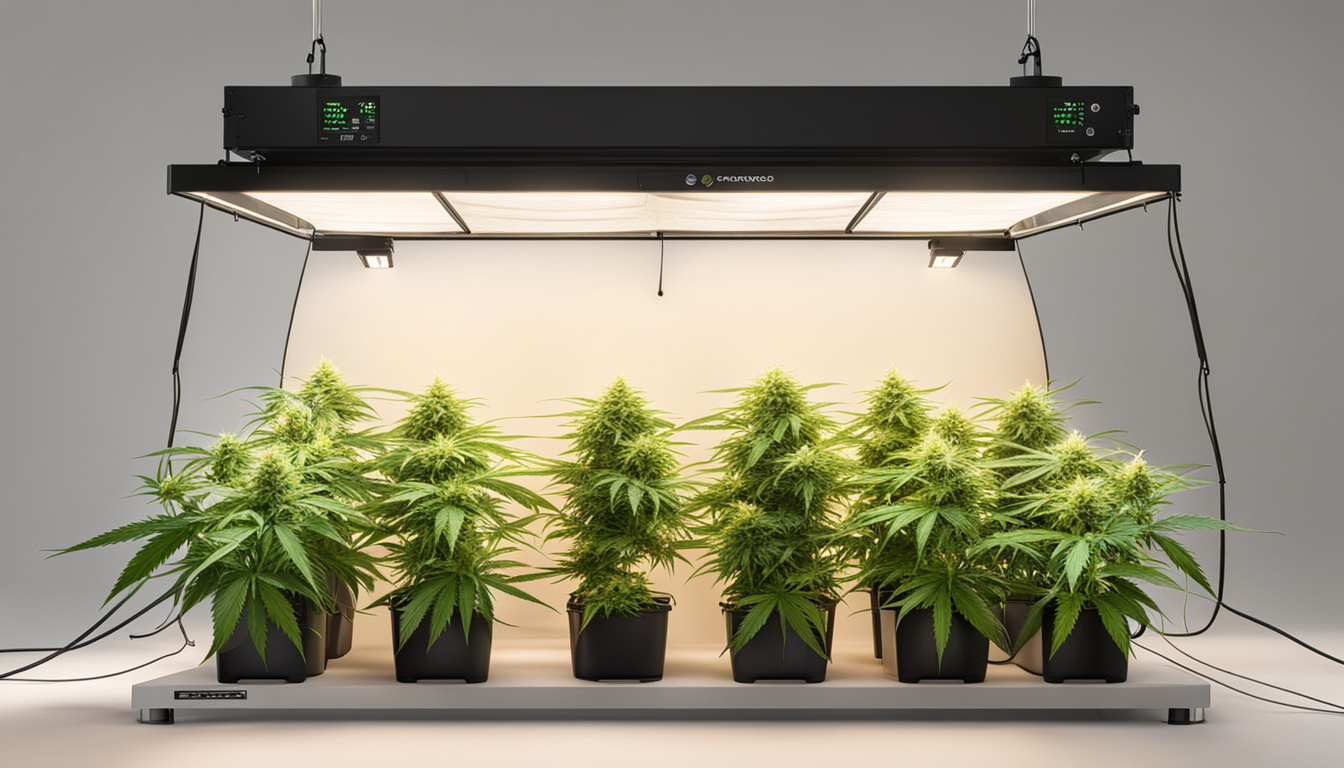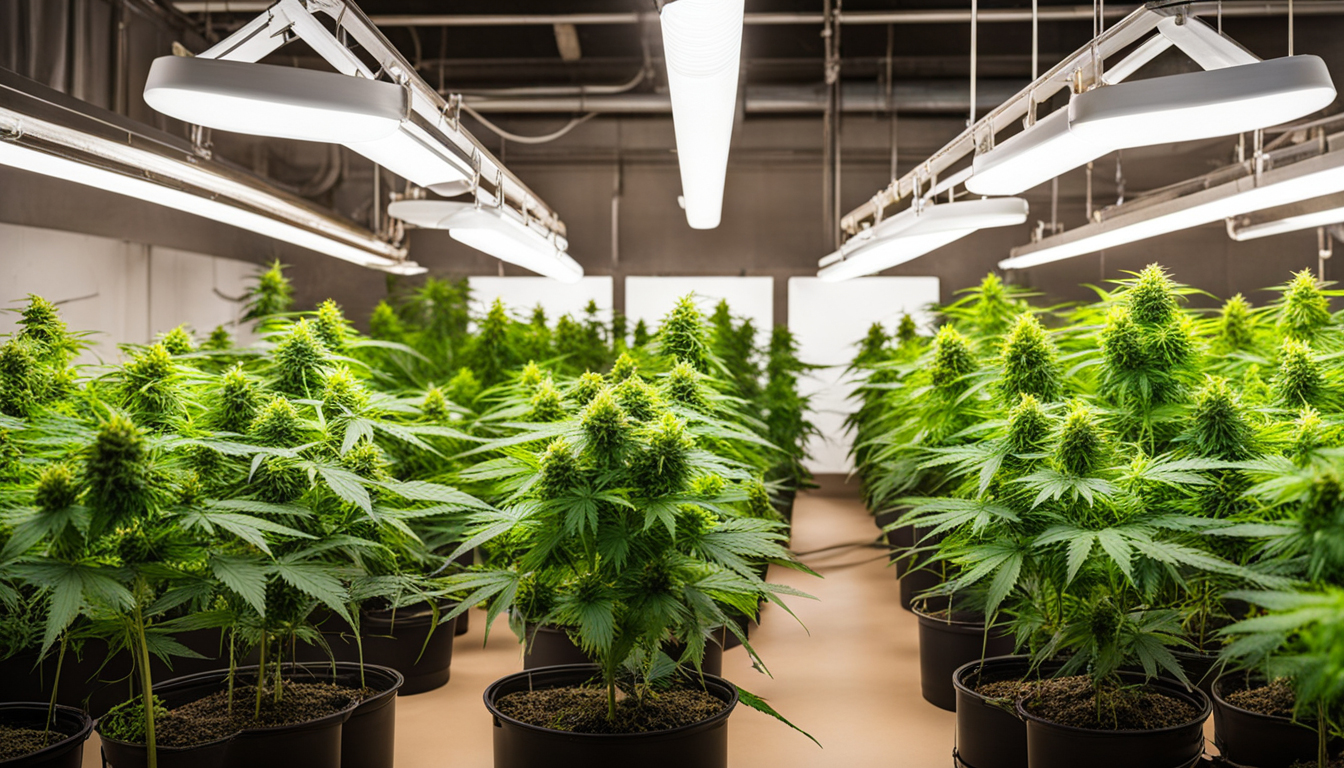
Whether you're beginning weed growing or looking to improve your existing harvest, following this complete guide will help you produce bountiful, high-quality yields right at home. With the right equipment, methods, and attention, cultivating pot indoors can be an extremely rewarding and cost-effective endeavor.
Choosing Weed Strains
The first step in planning your indoor crop is choosing the right pot strains to cultivate. The three main types of weed plants each have their own traits.
Energizing strains
Known for their uplifting mental effects, sativas grow tall and slender with narrow leaves. They thrive in warmer equatorial climates and have a longer flowering time between 10-12 weeks indoors. Top energizing varieties include Jack Herer, Durban Poison, Super Lemon Haze, and Jack Herer.
Relaxing strains
These strains provide calming body-focused effects and spread short and bushy with wide leaves. Accustomed to cooler mountain climates, they flower faster within 8-9 weeks. Popular relaxing strains include Northern Lights, Bubba Kush, and Bubba Kush.
Mixed strains
Mixed varieties mix traits from both energizing strains and relaxing strains. They offer blended effects and have medium blooming times around 2.25-2.5 months. Popular mixes are Blue Dream, OG Kush, and Blue Dream.

Setting Up Your Grow Space
Pot plants need the right controlled environment to succeed. Key factors for indoor cultivations are lighting, ventilation, layout, and finding the ideal discreet location.
Location
Choose an available space with direct access to irrigation and electrical outlets. An empty spare room, large closet, corner of the basement, or grow tent locked away in a garage all make great stealthy cultivation room spots.
Lights
Marijuana requires strong light for all growth stages. LED grow lights are efficient and come in broad spectrum options simulating natural outdoor light. Provide 15-25 watts per square foot for the growth stage and 400-600 watts per sq. ft. for flowering.
Airflow
Proper ventilation and exhaust systems maintain ideal temperature, moisture, and pure CO2 levels. Install quiet 4-6 inch fans or scrubbers to circulate stale air and reduce smells.
Layout
Maximize your space by positioning plants carefully under the lights and leaving room to reach and work around them. Set up distinct zones for vegetation, bloom, drying, and cloning.

Cultivation Substrates
Marijuana can be cultivated in different substrates, each with pros and cons. Pick a appropriate option for your particular setup and growing style.
Soil
The traditional medium, soil is inexpensive and easy for new growers. It provides great taste but requires more irrigation and fertilizing to feed plants. Enrich soil with perlite or coir to improve aeration.
Coconut coir
Made from coconut husks, renewable coco coir retains water but still lets in air to the roots. It's cleaner and more consistent than soil. Use coco-specific fertilizers to avoid calcium buildup.
Water systems
In hydro systems, plant roots develop directly in nutrient irrigation solution. This allows quick development but needs close observation of water properties. Deep water culture Learn More and irrigation systems are popular techniques.
Sprouting Seeds
Germination activates your pot seeds to begin growing taproots. This prepares them for transplanting into their growing medium.
Paper Towel Method
Put seeds between damp paper towels and maintain them moist. Check after a week for growing taproots indicating germination is complete.
Planting directly
Plant seeds directly into wetted cultivation medium 1⁄4 inch deep. Gently water and wait 7-14 days until seedlings push through the surface.
Cubic rockwool
Soak rockwool cubes in balanced water. Place seeds 6mm deep into the cubes. Keep cubes moist until seedlings appear within a week to 2 weeks.
Transplanting Seedlings
Once germinated, weed young plants need to be repotted to avoid overcrowding. Move them into proper sized pots.
Ready Containers
Fill final pots with cultivation medium amended with slow-release fertilizer. Let pots to Send a Message absorb water overnight before transplanting.
Gently repotting
Carefully loosen seedling roots from germination medium using a spade. Place into prepared container at equal depth as before and gently water in.
Growth Stage
The vegetative stage promotes leafy growth and plant form through 3/4 to full day of continual lighting exposure. This stage usually lasts 4-8 weeks.
Providing 18-24 Hours of Lighting
Use lamps on a 24 daily schedule or natural sunlight to trigger constant photosynthesis. Lamp output influences height and node distance.
Fertilizing
Use vegetative stage nutrients higher in nitrogen. Make sure pH stays around 6.5 for full fertilizer uptake. Fertilize 25-50% concentration after 14 days and strengthen slowly.
Training Techniques
Topping, low stress training, and scrogging manipulate growth patterns for flat foliage. This boosts yields.

Flowering Stage
The flowering stage develops buds as plants reveal their sex under a 12 hour cycle timing. It lasts 8-12 weeks depending on strain.
Changing Light Schedule
Change lamps to 12/12 or move outdoors for outdoor 12 hour cycle. This triggers plants to start flowering.
Flushing
Leaching flushes out fertilizer residuals to enhance taste. Fertilize lightly the first period then just use plain water the final 2 weeks.
Flushing
Maintain 12 hour photoperiod but flush using pH-balanced water only. Return to clean watering if buds aren't mature after two weeks.
Reaping
Recognizing when weed is fully ripe delivers peak cannabinoid content and aroma. Harvest plants at optimal ripeness.
Identifying Ripeness
Look for fading pistils, swelling calyxes, and 5-15% cloudy trichs. Check buds around the plant as they won't all ripen evenly.
Harvesting plants
Use sterilized, razor-sharp pruning shears to carefully slice each plant at the base. Leave several inches of stalk attached.
Drying
Hang intact plants or branches upside down in a lightless room with moderate temperature and RH around 45-65% for 7-14 days.
Aging
Curing continues desiccating while aging the buds like Learn More aged spirits. This technique mellows harshness and intensifies cannabinoid and terpene profiles.
Curing containers
Trim cured buds from branches and place into sealed containers, filling about 75% capacity. Use a sensor to measure container humidity.
Opening jars daily
Open containers for a short time daily to gradually lower moisture. Remoisten buds if RH goes under 55%.
Final Cure
After 14-21 days when humidity stabilizes around 55-60%, perform a last manicure and store forever in sealed jars.
Troubleshooting
Even experienced cultivators run into various pot plant problems. Detect issues soon and address them properly to maintain a strong garden.
Nutrient Deficiencies
Chlorosis often indicate inadequate nitrogen. Purpling stems and leaves signal phosphorus deficiency. Test pH and increase fertilizers gradually.
Bugs
Spider mites, fungus gnats, mites, and root aphids are frequent weed pests. Use organic sprays, ladybugs, and yellow traps for natural control.
Mold
Excessive humidity promotes powdery mildew and root rot. Improve airflow and venting while lowering RH below 50% during bloom.

Summary
With this complete indoor pot cultivation guide, you now have the knowledge to grow bountiful strong buds for personal harvests. Apply these techniques and techniques during the germination, vegetative, and flowering stages. Invest in good gear and closely monitor your plants. In time, you'll be rewarded with sticky fragrant buds you raised yourself under the loving care of your green thumbs. Happy growing